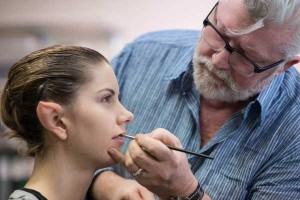
Though King would have to envision looks for lead actors such as Ian McKellen as Gandalf to appear six decades their junior, a greater challenge rested with devising unique visages for the 13 leading dwarves in the story, which involved establishing a journey amongst Bilbo, Gandalf and the dwarves to recover a stolen treasure.
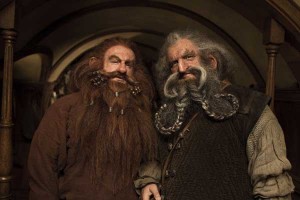
King noted that he and his team changed all of the dwarves’ looks at least three times. “We changed hairlines, noses, beard color, hair color, styles, and we did that with all 13 for every look we had in the movie and tested them beforehand,” he said. “We also did Bilbo and other new characters, which had to go through the same process. Every character has prosthetics, wigs and beards as needed.“
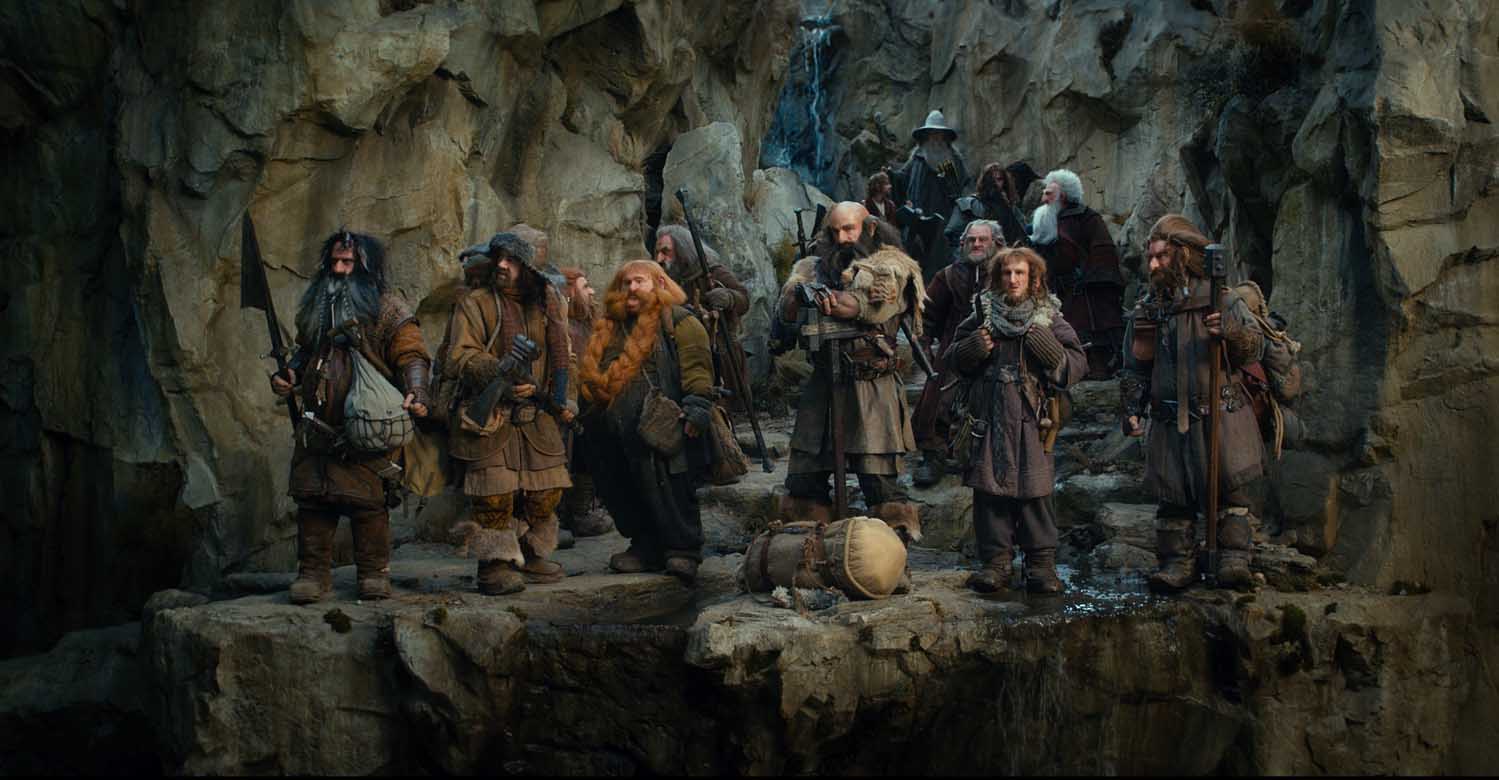
As cinematographic and makeup techniques and products have radically changed in the decade since the Lord of the Rings films, King understood that unprecedented makeup testing was mandatory. “We had to be dedicated about the work and do so in great detail with HD cameras at 48 frames-per-second,” King stated of his 37-person makeup team who worked for over 15 months during shooting. “Doing the lace on the wigs and beards had to become a more intense job. It’s all real hair on every last extra, and every single extra got fixed with a wig. We had to pay attention to the quality of the work being put onto camera. We can’t rely on the grain that used to come with film.”
With the laborious amount of hair work in addition to prosthetic makeup application required on set, King handpicked his crew from around the world. “This was a completely international makeup-hair team from England, America, New Zealand, Australia and Canada,” he explained, “and they all came back to do the pickups. It was a big team to run but good fun.”
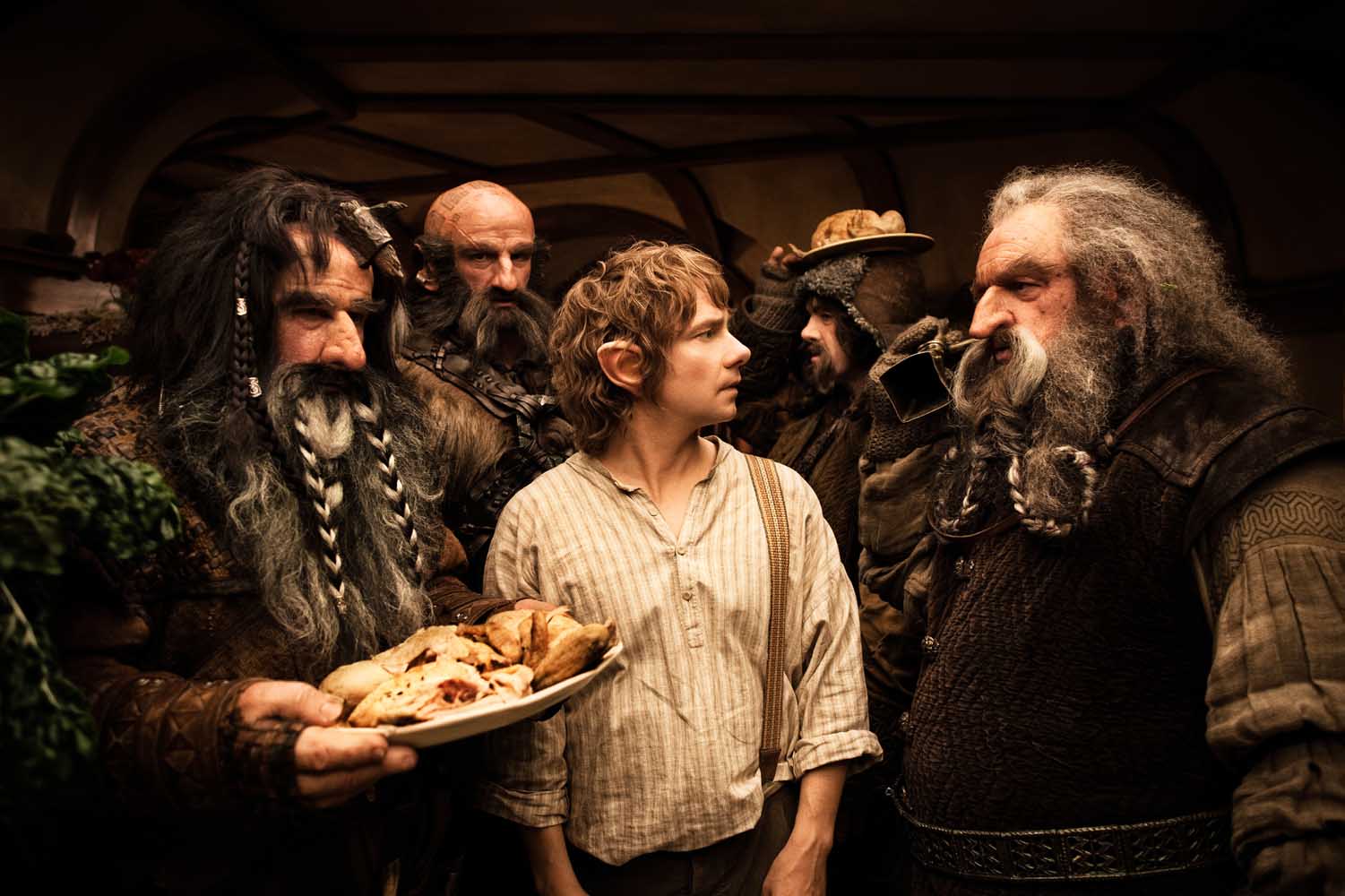
On set, King’s responsibilities never ended with merely the 13 principal dwarves’ hair and makeup. “Apart from our 13 dwarves, [we had to make up] 13 stunt doubles, 13 scale doubles, 8-9 scale stunt doubles, and 8-9 photo scale doubles in the distance in masks.” He explained that the makeups took 11 separate makeup vehicles to accomplish. “Over 50 dwarves with prosthetics, wigs and beards. We started at midnight to start shooting at eight. To have prosthetics put on, plus beards and wigs took and hour-and-a-half per character.”
With dozens of characters to get ready for camera –not including McKellen, Martin Freeman as Bilbo, and Cate Blanchett as Galadriel, for whom King was personally responsible – King worked with a wig-making team in England and a prosthetics team at the Weta Workshop in New Zealand to streamline the process of preparing the dwarves on a daily basis.
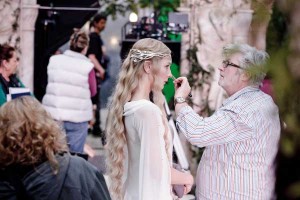
With the first film now in release and only pickups remaining on the two succeeding Hobbit films, King was reflective on this newest foray into fantasy filmmaking. “It was harder than Lord of the Rings,” he said. “The standards had been pushed up this time. Also, there has to be complete continuity for this six-film marathon. We can’t change it drastically.”





